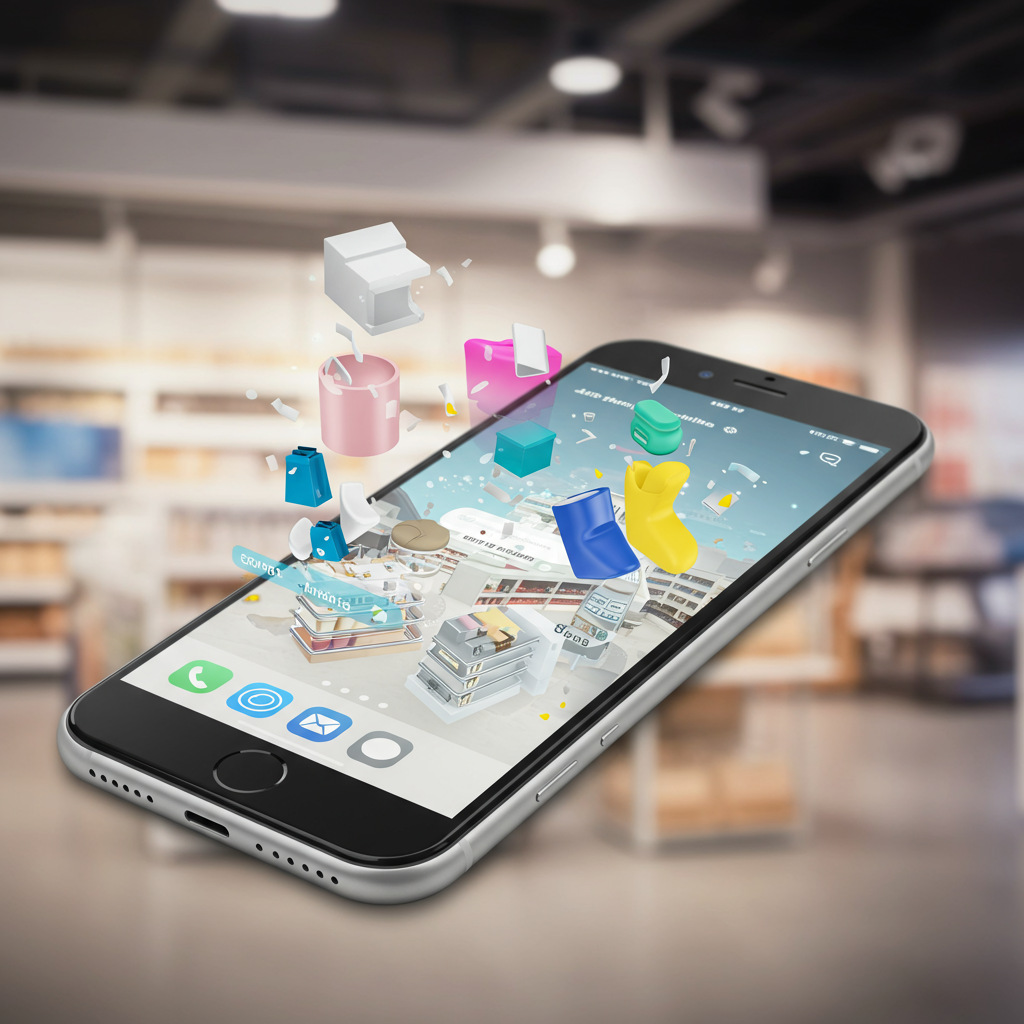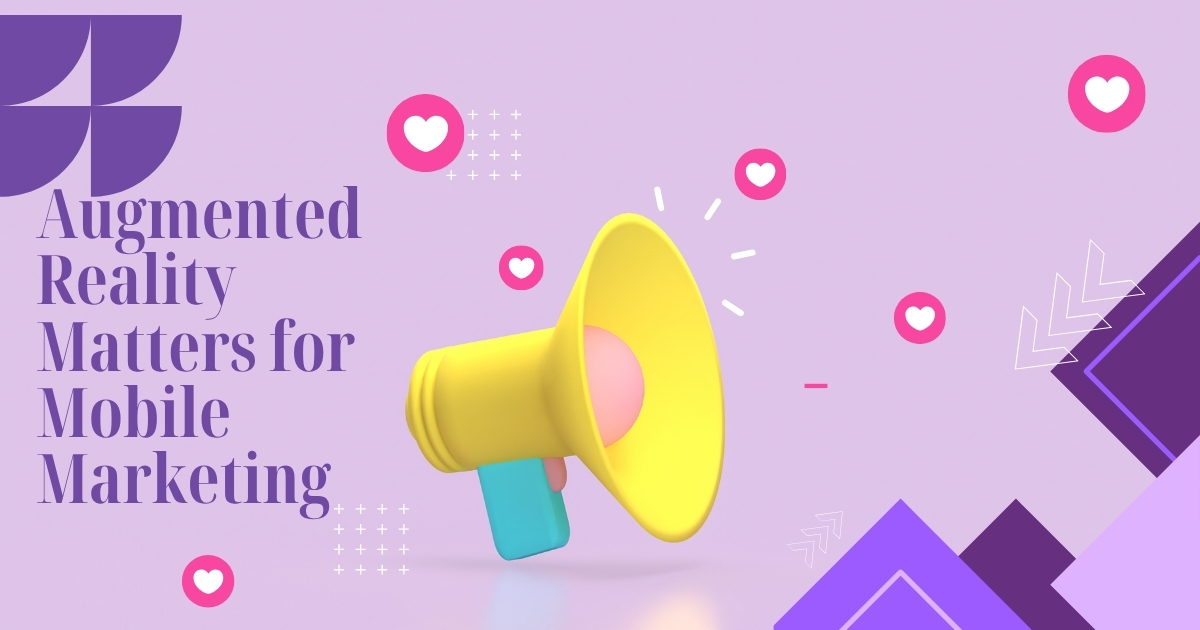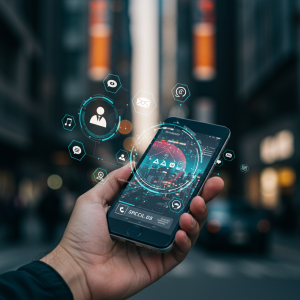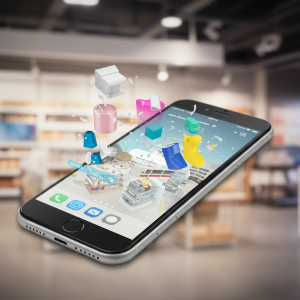Augmented Reality in Mobile Marketing: Boost Engagement and Drive Conversions

In today’s hyper-competitive digital landscape, brands are constantly seeking innovative ways to capture consumer attention on mobile devices. Augmented reality (AR) has emerged as a powerful tool that overlays digital elements onto the physical world, delivering immersive experiences right in the palm of your hand. From virtual try-ons to interactive product demos, AR is revolutionizing how businesses connect with customers—and drive measurable results.
Why Augmented Reality Matters for Mobile Marketing

Mobile users now spend an average of 4 to 5 hours per day on their devices, scrolling through social feeds, shopping online, and consuming video content. Yet, traditional ad formats often get lost in the noise. Augmented reality breaks through the clutter by offering:
- Immersive Engagement: AR experiences demand active participation, turning passive viewers into interactive participants.
- Personalization: Users can visualize products in their own environment—a sofa in their living room, a pair of sunglasses on their face—creating an emotional connection that static images can’t match.
- Differentiation: Early adoption of AR positions your brand as forward-thinking, capturing media attention and reinforcing brand authority.
- Data Insights: AR interactions generate valuable data—dwell time, feature usage, click-throughs—that inform future campaign optimization.
Key Benefits of AR-Powered Mobile Campaigns
- Higher Engagement Rates: Research shows that AR ads can boost engagement by up to 70% compared to standard display ads. Interactive content draws users deeper into the funnel.
- Reduced Return Rates: Brands using AR try-on features in fashion and beauty report up to a 30% decrease in product returns, as buyers make more informed decisions.
- Increased Time on App or Site: AR experiences keep users in your app or on your website longer—often 2 to 3 times more than non-AR pages—boosting dwell time and ad revenue potential.
- Social Sharing and Virality: Captivating AR filters and experiences are highly shareable on social platforms, driving organic reach and brand awareness.
Step-by-Step Guide to Implementing AR in Your Mobile Marketing
Launching a successful AR campaign requires planning, the right technology, and ongoing optimization. Follow these steps to get started:
1. Define Your Campaign Objectives
Identify clear goals: Is your priority brand awareness, lead generation, product education, or sales? Align AR experiences with these objectives to measure success effectively.
2. Understand Your Audience and Use Cases
Conduct user research to uncover where AR adds the most value. For retail, try-ons and virtual showrooms resonate; for tourism, location-based AR tours engage visitors. Map your audience journey to spot friction points AR can address.
3. Choose the Right AR Technology
Select a platform or SDK that fits your needs and budget. Key factors include:
- Tracking Capabilities: Marker-based vs. markerless AR affects how users initiate experiences.
- 3D Model Support: Ensure your platform handles high-quality 3D assets efficiently.
- Analytics Integration: Look for built-in measurement tools or easy integration with Google Analytics and mobile attribution partners.
- Cross-Platform Compatibility: Deliver seamless experiences on both iOS and Android devices.
4. Develop and Test Your AR Assets
Work with 3D artists, UX designers, and developers to create your AR experience. Conduct iterative testing on multiple devices to ensure performance, accuracy, and usability. Pay special attention to lighting, occlusion, and real-world scaling for a realistic effect.
5. Launch and Promote Your AR Campaign
Use a multichannel approach to drive traffic: push notifications, social media teasers, SMS blasts, and in-app banners. Provide clear instructions on how to access and use the AR feature. Consider limited-time offers or gamification to incentivize participation.
6. Measure, Analyze, and Optimize
Track key metrics like interaction rate, session duration, conversion rate, and social shares. Collect user feedback to refine your experience. A/B test different AR features—filters, animations, call-to-action placements—to maximize ROI.
Top AR Tools and Platforms for Mobile Marketers
A variety of solutions cater to different budgets and technical requirements. Consider these industry leaders:
- Spark AR Studio: Facebook’s platform for creating Instagram and Facebook camera effects. Ideal for social-first AR campaigns.
- 8th Wall: WebAR platform enabling browser-based AR without app installs, perfect for broad reach.
- Niantic Lightship ARDK: Advanced markerless AR, world-mapping, and multiplayer support. Great for location-based experiences.
- Vuforia Engine: Robust SDK with image and object recognition capabilities, widely used in enterprise and retail settings.
- Zappar: User-friendly platform for both marker and markerless AR, with analytics and e-commerce integrations.
Best Practices for AR Mobile Marketing Success
Maximize the impact of your AR campaigns by following these guidelines:
- Keep It Simple: Avoid overwhelming users with complex interactions. Focus on one key feature or benefit per experience.
- Optimize Performance: Compress 3D assets and leverage lazy loading to minimize app crashes and long load times.
- Provide Clear CTAs: Guide users to the next step—add to cart, share their AR photo, or visit a landing page.
- Leverage Social Proof: Encourage users to share their AR experiences with branded hashtags and challenges.
- Ensure Accessibility: Include text alternatives, simple UI, and consider color-blind friendly palettes.
Real-World Case Studies

1. IKEA Place: Virtual Furniture Try-On
IKEA’s AR app lets customers place true-to-scale 3D furniture in their homes. This experience reduced purchase hesitation, shortened the sales cycle, and contributed to a double-digit uplift in online conversions.
2. Sephora Virtual Artist
Sephora’s mobile app features a virtual makeup try-on powered by AR. Users experiment with shades in real time and share selfies on social media. Sephora reported a 200% increase in user engagement within the app after launch.
3. Pepsi Max “Unbelievable Bus Shelter”
In London, Pepsi Max transformed bus shelters into AR portals showing aliens and robots invading the street. The cheeky campaign generated millions of views on YouTube and a 50% spike in brand searches.
Conclusion
Augmented reality is no longer a futuristic novelty—it’s a proven strategy to enrich mobile marketing and deliver measurable business outcomes. By offering immersive engagement, personalization, and shareability, AR sets the stage for deeper customer relationships and higher conversion rates. Follow this guide to define your objectives, select the right technology, and launch captivating AR campaigns that resonate with modern mobile users. As you begin experimenting with AR, remember to measure performance, iterate based on data, and keep the user experience at the heart of every interaction. The future of mobile marketing is augmented—are you ready to lead the way?





